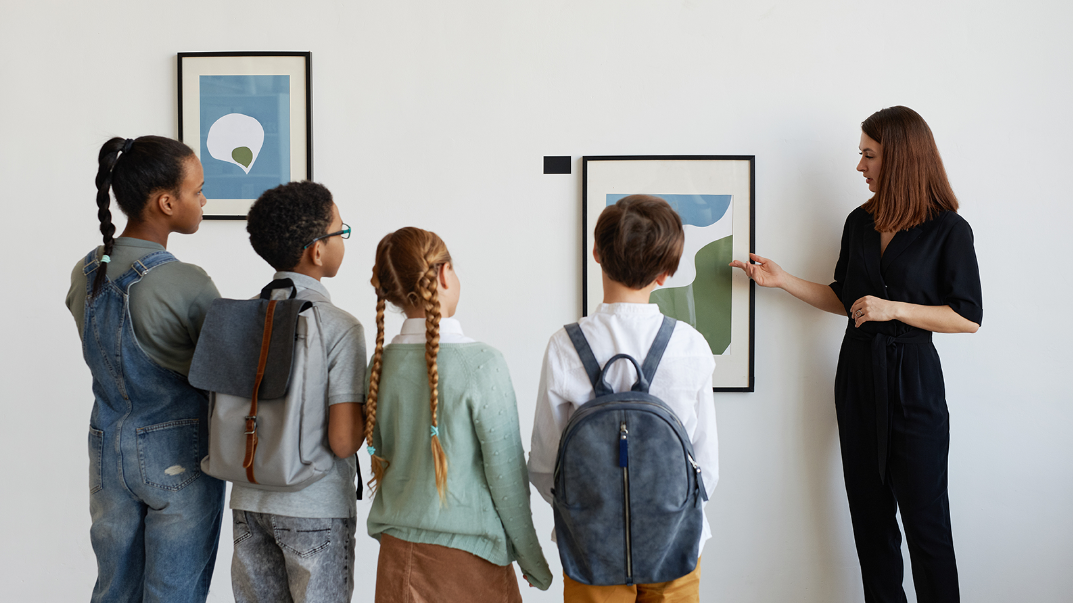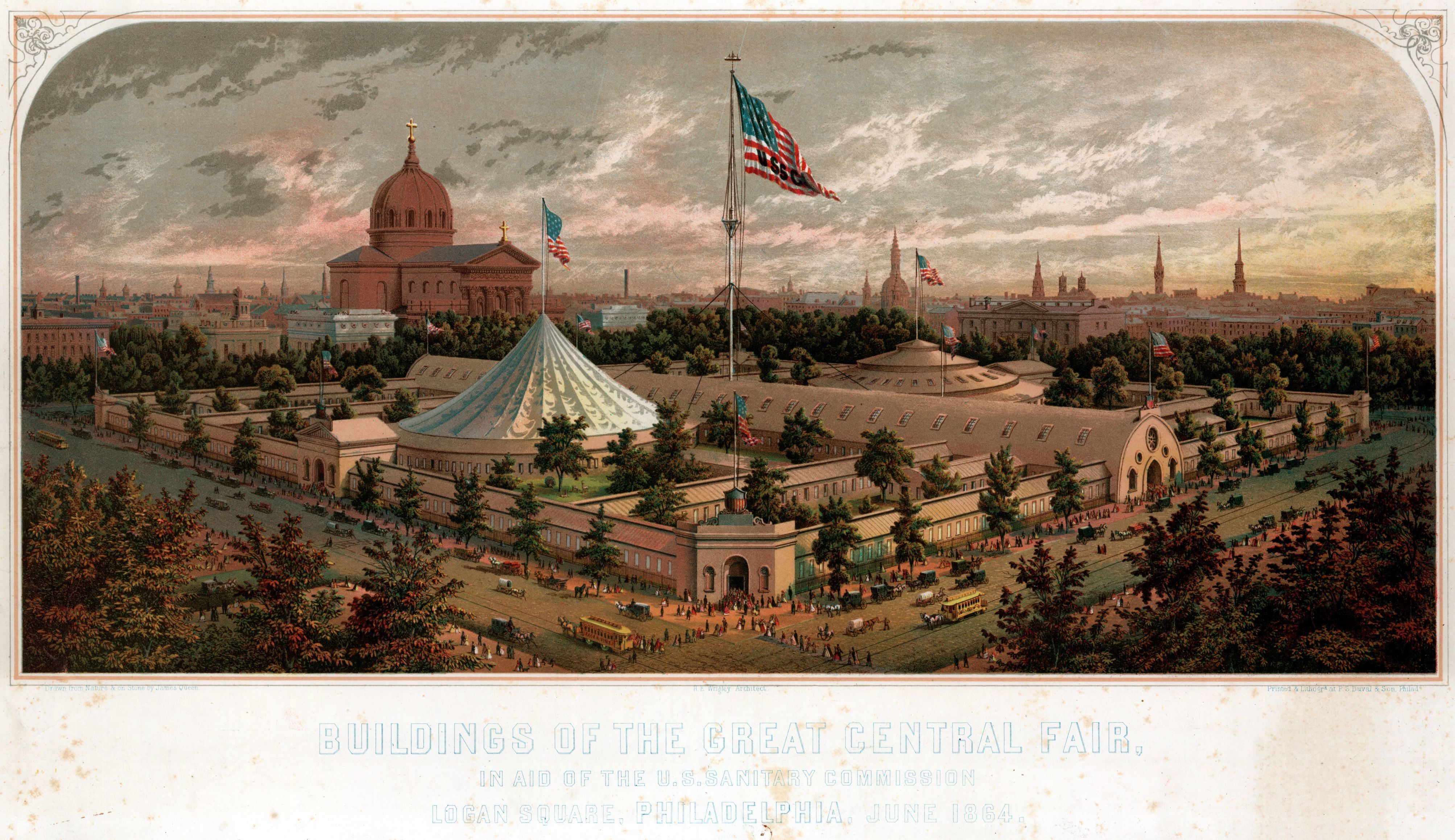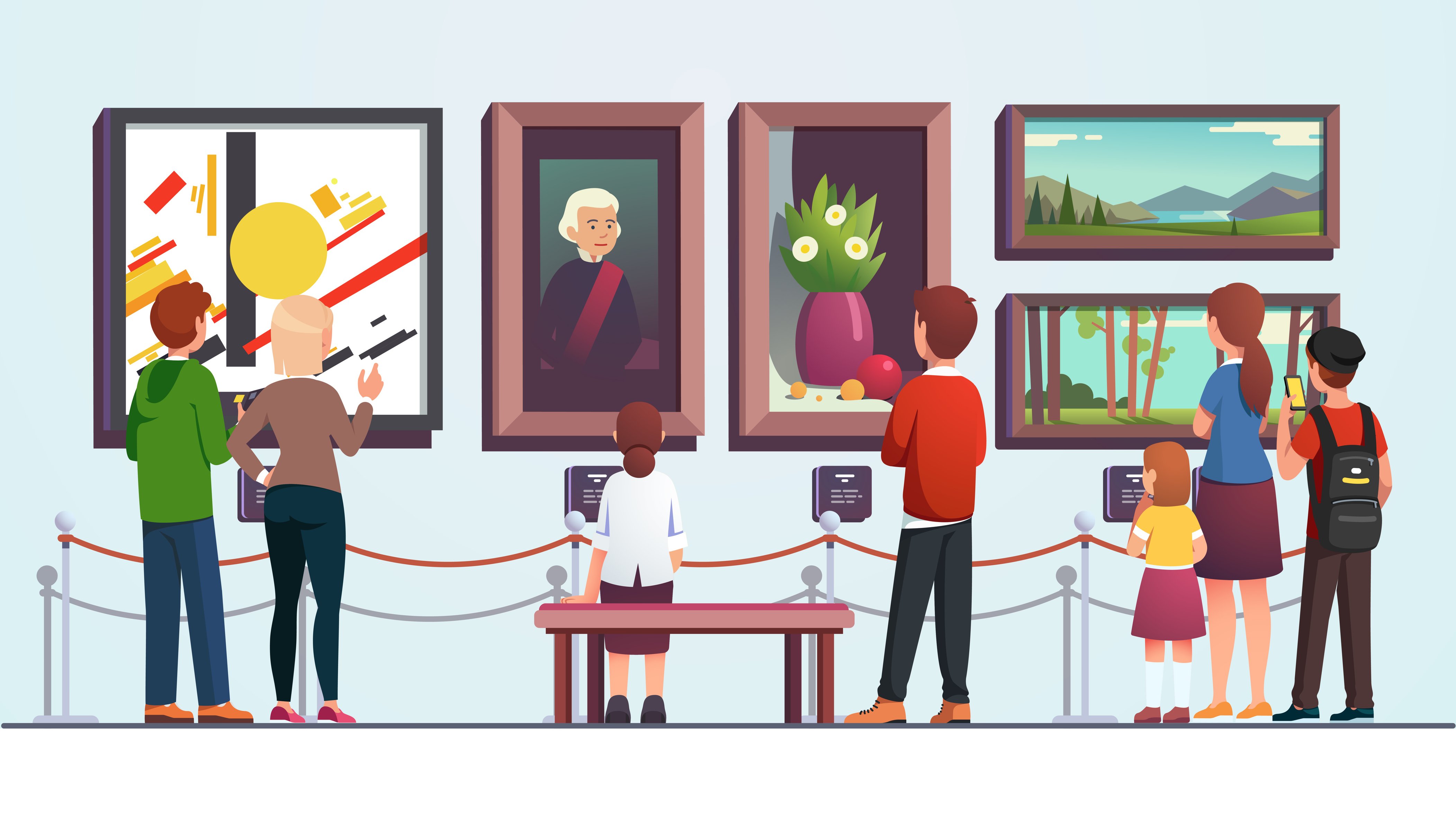
As a geography teacher, I often started the year with a lesson about how to lie with maps. In this lesson, I would expose the students to challenges with map distortions, like the Mercator map making Greenland appear to be the same size as all of South America, how changes in scale impact perception, or how colors can create a dramatic impression even when the data behind the shading is not. During the lesson, students frequently noted that similar issues occur in other ways information is represented visually, such as with data, photographs, or artwork. At this point students would often ask, “So how do you keep from getting deceived or misdirected by information and the way it is presented visually?” My answer: by applying visual literacy skills.
Visual Literacy is the ability to construct meaning from images. It’s not a skill. It uses skills as a toolbox. It’s a form of critical thinking that enhances your intellectual capacity.
— Brian Kennedy, director, Toledo Museum of Art
As teachers, we know that some students see words without comprehending their meaning. In a similar way, it is possible to see images but not understand the methods used to elicit emotions or express meaning. When you are trying to figure out the meaning of text, you conduct a careful analysis, often by applying skills like comparing, generalization, or identifying point of view. Reading visuals requires the application of very similar skills. And just like when you’re critically reading, when examining visuals to gather information, you apply these skills to examine the parts of the visual, the composition or design, creator’s perspective and purpose, and related context.

Photo: Library of Congress / Logan Square, Philadelphia, June 1864
What Do You See?
Color, shape, line, light, and subject are some elements of visuals that create meaning for the observer. Intense colors, like red or oranges, and sharp lines draw the eye and evoke strong, passionate emotions. Pastel colors, lighter shadings, and softer edges create a more dreamy, soft, lighter setting. The use of light and dark impacts a viewer’s focus while expressing meaning. Understanding how these elements in complex images are used to communicate meaning and solicit emotions is one aspect of visual literacy.
For students to build their visual literacy around identifying these elements, it’s important to get them to slow down and look deeply at visuals. Using techniques that encourage students to note specific details in the visual without inferences supports thoughtful examinations. Guiding students to examine visuals by griding an image, revealing only one part of a visual at a time, or playing Artful Thinking’s elaboration game, where small groups attempt to elaborate on what the details noted by others.
What Makes You Think That?
Once students have taken a careful look at individual elements in the visual, they can move to generalizing main ideas communicated by the visual. Through an understanding of how different elements communicate meaning and impact emotion, students begin to draw conclusions about the message in the visual or the meaning behind choices that the creator made. While students formulate meaning from their observations of the visual, the questions they ask are as important as the conclusions they reach. It is important to guide them to support their inferences and conclusions with evidence.
Strategies that support students with interpreting the creator’s intent based on the elements and subject matter in visuals deepen their visual literacy. Brainstorming creative questions to deepen the exploration of the visual, having students step inside of the visual to analyze perspectives, comparing related images, or encouraging students to wonder about and make connections with the visual are methods for developing evidence-based claims, generalizations, or reasoned inferences about visual information.
What More Can We Learn?
Using visuals to increase content access helps students with more limited content vocabulary or background understanding. Visual literacy can also provide a means to add complexity to student understanding. Students may analyze the purpose of specific elements in the visual and how those choices add complexity or relate to one another. Comparing multiple visual artifacts, drawing evidence from multiple sources to address an essential question, or reflecting on how the visual has changed their own thinking are a few strategies to deepen understanding through the application of visual literacy skills.
So, what is in a picture? It is noted in the final report for Harvard Education’s Artful Thinking that “works of art are good things to think about.” Research indicates that information represented visually transfers faster, anchors in long-term memory better, supports verbal literacy, adds complexity to understanding, and raises student engagement. Equipping students with visual literacy skills enables them to be critical consumers of visual content and deepens their ability to comprehend information represented visually. Like other skills, the ability to critically analyze visual content is based on taught skills. Developing visual literacy skills can help enhance content connections emotionally and intellectually for students.
Active Classroom has hundreds of visual literacy activities
Access a free trial and start engaging students today
Robin Sabo is currently the Secondary Social Studies Coordinator for Clear Creek ISD, southeast of Houston, Texas, in NASA’s backyard. She has been in education for 30 years and taught social studies courses from Texas History to Government/Economics. Robin served as President of Texas Social Studies Supervisor Association and is currently the Director of Membership for the Texas Council of the Social Studies (TXCSS). She also co-founded Envisioning History, which develops professional learning focused on visual literacy and increasing art integration in social studies course. In her free time, she serves on the Young Audiences of Houston Education Committee, reads, writes, and enjoys time with her three children.

